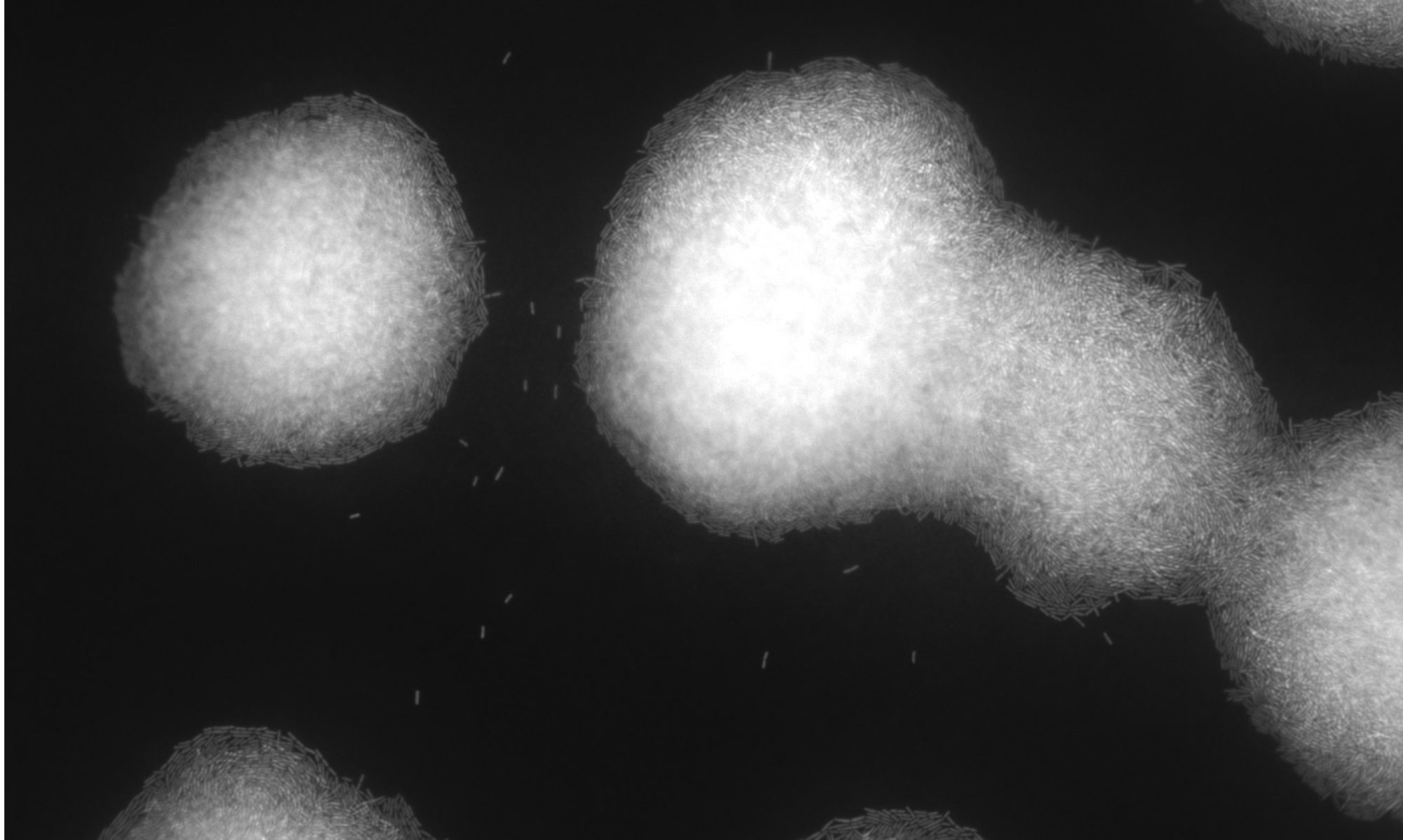I have recently been reading about the role of the vaginal microbiota and fertility. Multiple reports have now emerged that the microbiome affects succes rates in fertility treatment. Women colonized by lactobacilli seem to have higher success rates when using artificial reproductive techniques such as in vitro fertilization treatment.
One of the papers showing this is this recent publication by the people behind https://artpred.com/ who use an alternative technique for microbiome analysis (IS-PRO) and find low Lactobacillus to be unfavourable for pregnancy outcomes.
Next question is of course: How does this work? What is the mechanism?
There are lots of possible answers coming from immunological, endocrine and gynaecological perspective that will all have some grain of truth. The vaginal microbiome may be a secondary outcome of a host endocrine factor which may result both in lowered Lactobacillus colonization as well as reduced fertility.
I hypothesize that there may be a metabolic mechanism too in which the bacterial members of the dysbiotic microbiome can contribute autonomously to subfertility. Specifically, colonization of high numbers of Gardnerella vaginalis, a glycogen-degrading species, may render the endometrium less conceptive to embryo transfer due to bacterial breakdown of endometrial glycogen stores.
There are a few phenomena on which this hypothesis is based, that I will outline using the respective literature:
- Firstly: our own research shows that Gardnerella vaginalis can breakdown glycogen efficiently. It will most likely secrete its enzymes to access external glycogen.
- Secondly: This is one of several older papers demonstrating an association between subfertility and lowered endometrial glycogen levels.
- This recent review by Matthew Dean stresses the importance of these endometrial glycogen stores for implantation (although most research is done in rodents).
- Women with dysbiotic microbiota have reduced levels of vaginal glycogen. Could this be similar for endometrial glycogen?
- Lastly, at the Keystone conference in Cape Town, Caroline Mitchell reminded us all of the open access between uterus and vagina in women who are not pregnant. Many bigger particles can freely diffuse from the vagina into the uterus, so why would the glycogen-degrading enzymes of Gardnerella not access endometrium glycogen?
However, there is one big phenomenon opposing this hypothesis. Women colonized by Gardnerella do not generally show subfertility (as fas as I am aware), so it may be true only in certain conditions or only in the specific case of artificial reproductive techniques. (or it may not be true at all…)
In short, I am very curious to look at the link between endometrial glycogen and the vaginal microbiome. Could bacterial enzymes reach endometrial glycogen stores and render the endometrium less suitable for embryo transfer or implantation?
To be continued…

